| Product Name | Urine Creatinine Detection Kit |
| Description |
Quantitative colorimetric detection of creatinine in urine samples |
| Species Reactivity | Dog, Human, Monkey, Rat |
| Platform | Microplate |
| Sample Types | Urine |
| Detection Method | Colorimetric Assay |
| Assay Type | Direct Quantitative Assay |
| Utility | Detection kit used to quantitatively measure creatinine in samples. |
| Sensitivity | 0.032 mg/dL |
| Assay Range | 0.3125- 20 mg/dl |
| Precision | Intra Assay Precision: Three human urine samples were diluted 1:20 with deionized water and run in replicates of 20 in an assay. The mean and precision of the calculated creatinine concentrations were: Sample 1- 1174.3 pg/mL, 6% CV Sample 2- 475.9 pg/mL, 5.6% CV Sample 3- 177.4 pg/mL, 14.7% CV Inter Assay Precision: Three human urine samples were diluted 1:20 with deionized water and run in duplicates in 20 assays run over five days by three operators. The mean and precision of the calculated creatinine concentrations were: Sample 1- 1188.1 pg/mL, 7.2% CV Sample 2- 508.7 pg/mL, 6.3% CV Sample 3- 199.7 pg/mL, 10.9% CV |
| Number of Samples | 88 samples in duplicate |
| Other Resources | Kit Booklet , Kit Booklet Lot No SC466627 , Kit Booklet Lot No SC188030 , MSDS , MSDS Lot No. SC188030 |
| Field of Use | Not for use in humans. Not for use in diagnostics or therapeutics. For in vitro research use only. |
Properties
| Storage Temperature | 4ºC | |||||||||||||||
| Shipping Temperature | Blue Ice | |||||||||||||||
| Product Type | Detection Kits | |||||||||||||||
| Assay Overview | The Urine Creatinine Detection kit is designed to quantitatively measure creatinine present in urine samples. A creatinine standard, calibrated to a NIST creatinine standard, is provided to generate a standard curve for the assay and all samples should be read off the standard curve. Standards or diluted samples are pipetted into a clear microtiter plate. The color generating reaction is initiated with the StressXpress® Creatinine Reagent, which is pipetted into each well. After a short incubation the intensity of the generated color is detected in a microtiter plate reader capable of measuring 490nm wavelength. The concentration of the creatine in the sample is calculated, after making a suitable correction for the dilution of the sample, using software available with most plate readers. The Jaffe reaction used in this kit has been modified to read creatinine levels in urine(7,8). | |||||||||||||||
| Kit Overview |
|
|||||||||||||||
| Cite This Product | Urine Creatinine Detection Kit (StressMarq Biosciences Inc., Victoria BC CANADA, Catalog # SKT-200) |
Biological Description
| Alternative Names | Methylguanidoacetic acid, N-Carbamimidoyl-N-methylglycine |
| Research Areas | Cardiovascular System, Cell Signaling |
| Scientific Background |
Creatinine is a metabolic byproduct of phosphocreatine, a high-energy phosphate reservoir used in ATP regeneration. It is produced at a relatively constant rate and excreted by the kidneys, making it a reliable internal standard for normalizing biomarker concentrations in urine. In neuroscience research, urinary creatinine is commonly used to adjust for variations in hydration and renal function when measuring oxidative stress markers such as 8-OHdG or nitrotyrosine. This normalization is essential for accurate comparisons across individuals and time points. Although not a direct marker of neurodegeneration, altered creatinine levels may reflect systemic conditions—such as diabetes or cardiovascular disease—that influence brain health. Its role in standardizing biomarker data makes creatinine an indispensable tool in neurobiological and clinical studies. |
| References |
1. Wallimann, T. et al., Biochem. J., 2000, 281, 21-40. 2. Wyss, M. and Kaddurah-Daouk, R., Physiol. Rev., 2000, 80, 1107-1213. 3. Raja Iyengar, M. et al., J. Biol. Chem, 1985, 260, 7562-7567. 4. Manjunath, G. et al., Postgrad. Med. 2001, 110, 55-62. 5. Gross, J.L. et al., Diabetes Care, 2005, 28, 164-176. 6. Anavekar, N.S. et al., New Engl. J. Med., 2004, 351, 1285-1295. |
Product Images
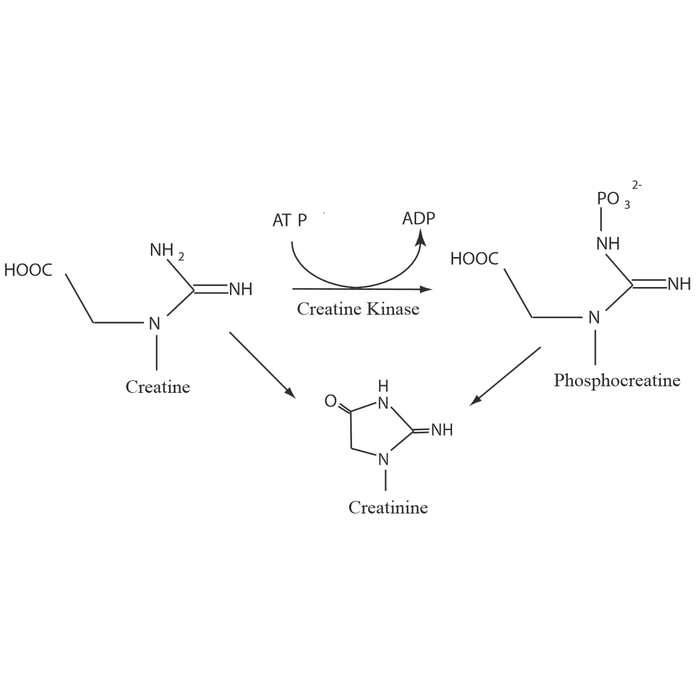
Conversion of creatine and p-creatine to creatinine. Creatine and p-creatine are converted non-enzymatically to the metabolite creatinine, which diffuses into the blood and is excreted by the kidneys. In vivo, this conversion appears to be irreversible and in vitro it is favored by higher temperatures and lower pH. Creatinine forms spontaneously from p-creatine.

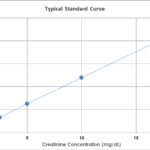
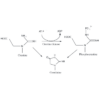
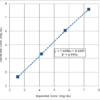
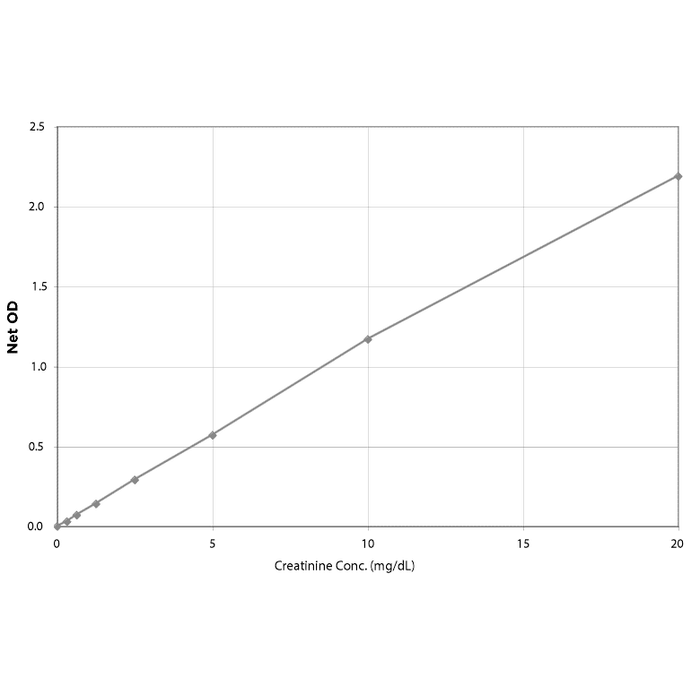
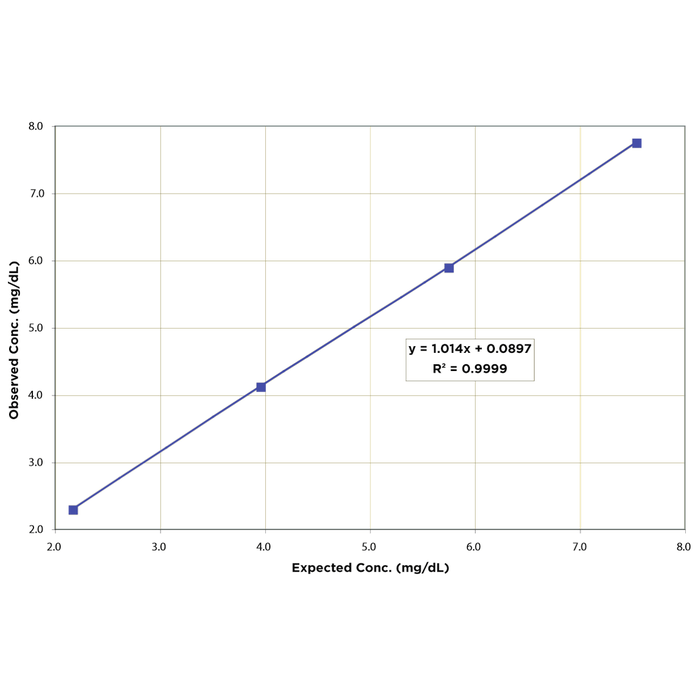

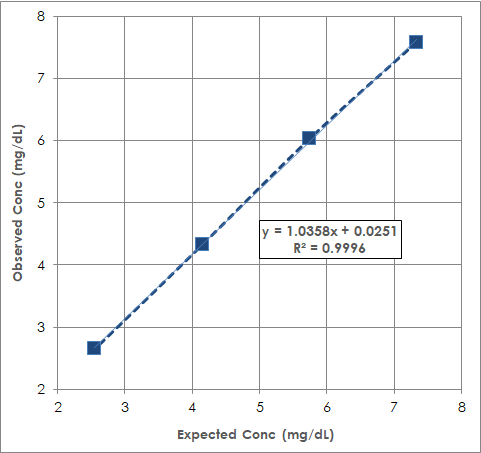
Reviews
There are no reviews yet.